Name: Ishitani Residence
Address: 396 Chizu, Chizu Town, Tottori Prefecture 689-1402
Official/Related Website URL: https://www.ifs.or.jp/
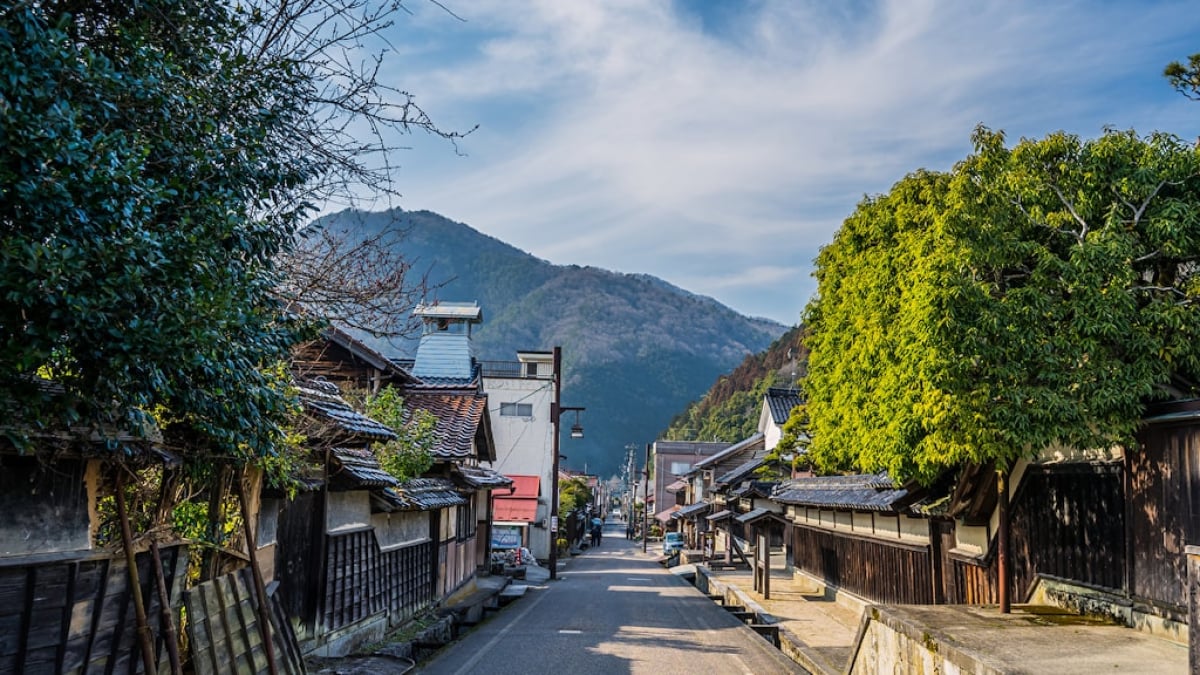
7 Recommended Tourist Spots in Chizu-juku, Where Historical Streets Remain! A Journey to Remember the Prosperity of the Inaba Highway
This time, we’ve carefully selected and will introduce seven recommended tourist spots in Chizu-juku, located in Chizu Town, Yazu District, Tottori Prefecture, where beautiful historical streets remain. If you’re planning a trip to Tottori, have you already decided which places to visit? If not, take this opportunity to enjoy the scenic charm of Chizu-juku and its wonderful historical buildings, some of which are registered as Tangible Cultural Properties of Japan.
There are also stylish and delicious cafés housed in renovated traditional homes. The breathtaking views and tasty local food are experiences you can only find in Chizu-juku. Be sure to use this guide as a reference for your trip!
table of contents
[x] close
7 Recommended Tourist Spots in Chizu-juku, Where Historical Streets Remain! A Journey to Remember the Prosperity of the Inaba Highway
Ishitani Residence
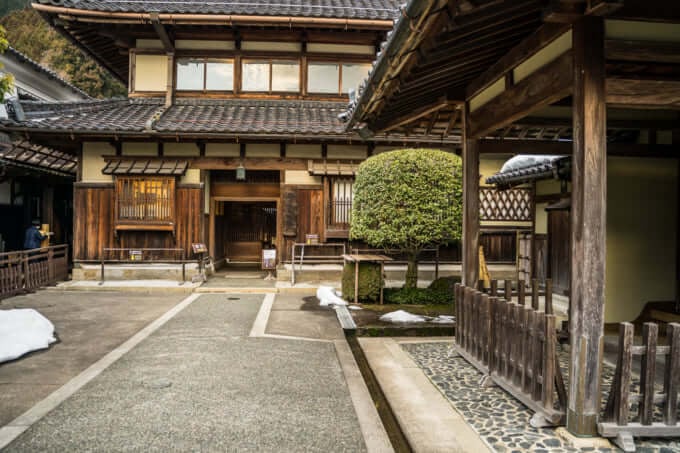
The Ishitani Residence is a "modern Japanese-style house" located in Chizu-juku, Chizu Town, Yazu District, Tottori Prefecture. It was designated as an Important Cultural Property of Japan in December 2009. Once a flourishing post town under the Tottori Domain during the Edo period, Chizu-juku is home to one of its largest and most notable structures.
This residence was renovated and expanded by Denjiro Ishitani, the family head during the late Meiji to Taisho eras, who also served as a member of the House of Representatives and the House of Peers. The house is a magnificent blend of multiple architectural styles. The main building, garden, storehouses, and the entire estate have been very well preserved, making it a highly valuable example of modern Japanese architecture.
The garden of the Ishitani Residence was registered as a National Monument in 2008 and was also designated a Scenic Spot of Tottori Prefecture in 2010.
Former Shioya Branch House
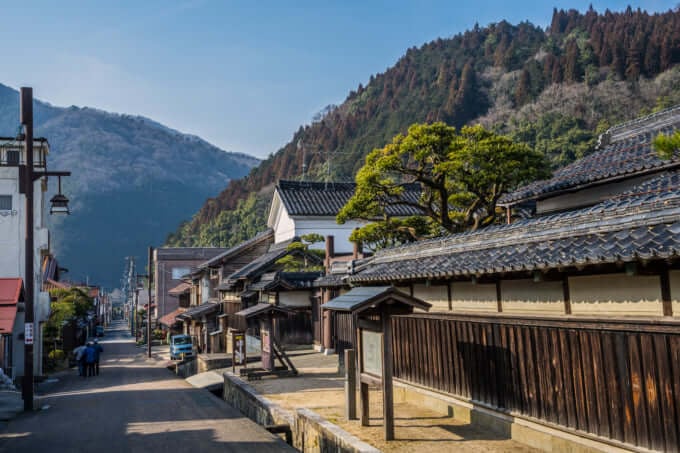
The Former Shioya Branch House is located about a 10-minute walk from Chizu Station, accessible via Chizu Express or JR Inbi Line. It is one of the historic buildings in Chizu-juku, Chizu Town, Yazu District, Tottori Prefecture, originally built before the war as a branch of the Ishitani family. It was registered in 2000 as a Registered Tangible Cultural Property (Building) of Japan.
The first floor is in shoin-zukuri style, and the tatami room facing the beautiful Japanese garden now functions as a café and dining spot called Umi-hiko Yama-hiko, known for its aesthetic ambiance and delicious food.
The second floor has a low ceiling height and features a funasoko tenjo (boat-bottom ceiling), a design that resembles the bottom of a boat when viewed from below. This design was commonly used in townhouses of the 1870s to create a sense of spaciousness in small rooms. In cases where the ceiling slope is steep, it is referred to as yagata tenjo or ogami tenjo, which can be distinguished from boat-bottom ceilings. Come see it for yourself and enjoy the craftsmanship.
Name: Former Shioya Branch House
Address: 545 Chizu, Chizu Town, Yazu District, Tottori Prefecture 689-1402
Katsumi Nishikawa Film Memorial Hall
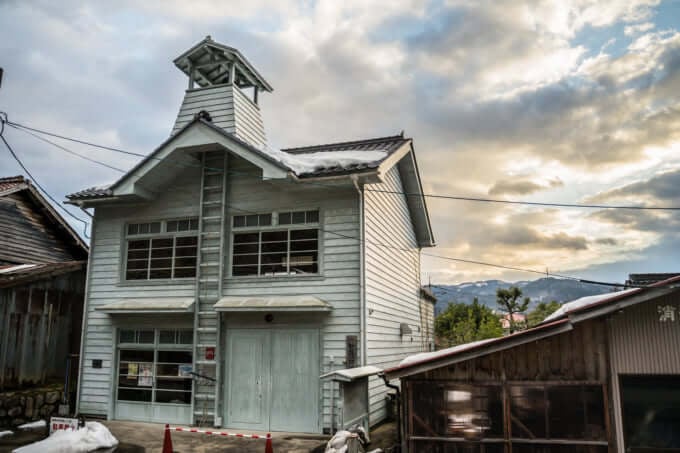
The Katsumi Nishikawa Film Memorial Hall is located on the same premises as the Former Shioya Branch House. The building is a two-story Western-style structure built around 1930. Originally constructed as a tuberculosis treatment facility for the adopted daughter of the fourth head of the Ishitani family, Aizō Ishitani, it was later used as a Christian church. Today, it serves as a memorial hall for Katsumi Nishikawa, a native of Chizu Town, Tottori Prefecture, who directed films such as The Dancing Girl of Izu and A Bowl of Soba Noodles.
The museum displays numerous film-related materials, including projectors and posters. There are also valuable materials related to Nishikawa’s works, such as The Blue Mountain Range and The Sound of Waves, which he directed himself. Visitors can enjoy learning about the filmmaking process and the legacy of Nishikawa through these exhibits. Admission is free, so feel free to stop by. (Admission information as of April 2020)
Name: Katsumi Nishikawa Film Memorial Hall
Address: 545 Chizu, Chizu Town, Yazu District, Tottori Prefecture 689-1402
Official/Related Website URL: http://cms.sanin.jp/p/chizu/kankou/pickup/eigakinenkan/
Suwa Brewery
Located about a 10-minute walk from Chizu Station, Suwa Brewery is a traditional sake brewery that has been operating since Ansei 6 (1859), during the late Edo period. It began when an innkeeper, who was serving travelers in Chizu-juku—then a prosperous post town for the daimyo processions—started a small sake brewing business.
The brewery is known for producing famous sake brands such as Suwaizumi, with its refreshing acidity, and Ōtori, which is rich and full of character. Their popularity continues to this day.
Since the 1970s, Suwa Brewery has focused on flavor and quality above all else, pursuing the art of delicious sake. They use well water drawn from their own property, a naturally ultra-soft water with a hardness level of just 2, clean enough to be used without filtration. Thanks to Chizu Town’s rich natural environment—about 90% forested with the Sendai River flowing through—the brewery is able to craft sake they are truly proud of.
With more than 160 years of history, Suwa Brewery in Chizu Town is a must-visit for sake lovers.
Name: Suwa Brewery
Address: 451 Chizu, Chizu Town, Yazu District, Tottori Prefecture 689-1402
Official/Related Website URL: http://cms.sanin.jp/p/chizu/kankou/omiyage/suwasyuzou/
Honmachi Division Station of the Chizu Fire Brigade
The Honmachi Division Station of the Chizu Fire Brigade is a historical building located in Chizu Town. It was constructed in 1941 directly across from the Ishitani Residence and is still in active use today as a fire brigade station. As a fire station building from the early Showa period, it is extremely valuable, and its beautiful Western-style architecture contributes significantly to the historic townscape. For these reasons, it was registered as a National Registered Tangible Cultural Property in 2000.
Additionally, in 2012, Chizu Town enacted an ordinance regarding the establishment and management of the Honmachi Division Station, positioning it as an essential facility for local disaster prevention and community revitalization.
Name: Honmachi Division Station of the Chizu Fire Brigade
Address: 5681 Chizu, Chizu Town, Yazu District, Tottori Prefecture 689-1402
Suwa Shrine
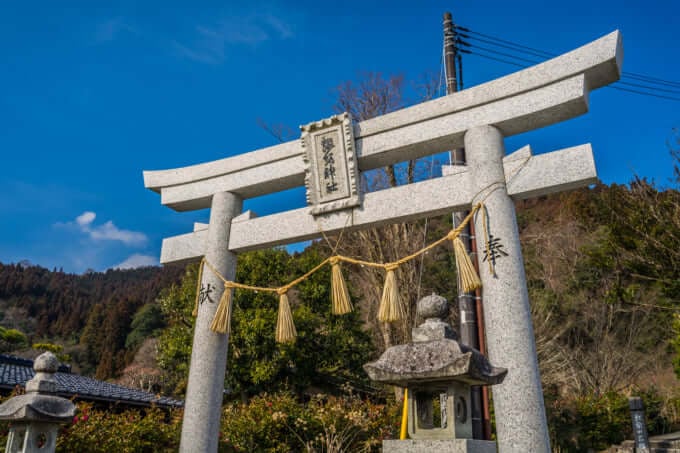
Suwa Shrine, located within Chizu-juku, is about a 15-minute walk from Chizu Station. Known since ancient times as a scenic autumn foliage spot, Suwa Shrine was established in 1278 (Koan 1 of the Kamakura period) to enshrine a branch spirit from Suwa Taisha in Shinshu. It also flourished during the Edo period as a place of worship for the Ikeda family, lords of the Tottori Domain, making it a shrine of great historical importance. The shrine grounds are covered in hundreds of maple trees, creating a spectacular display of autumn colors.
Since 1782, the shrine has held a “Pillar Festival” inspired by the Onbashira Festival of Suwa Taisha. Held once every six years, four large cedar logs are cut and paraded through the town before being erected at the four corners of the shrine. This festival, which carries on the culture of the Suwa Taisha in Shinshu, was designated a Tottori Prefectural Intangible Folk Cultural Property in 2001.
Be sure to visit and enjoy the stunning autumn foliage in full bloom.
Name: Suwa Shrine
Address: Chizu, Chizu Town, Yazu District, Tottori Prefecture 689-1402
Official/Related Website URL: http://cms.sanin.jp/p/chizu/kankou/rekishi_miru/suwa/
cafe&space Moriichi
About a 10-minute walk from Chizu Station is a café called cafe&space Moriichi. Located across from the Former Shioya Branch House and Yamahiko Umi-hiko, this stylish café was created by renovating an old traditional home, giving it the feel of a hidden retreat.
Originally, the space was known as Gallery Fūjindō (from April 2005 to November 2009), a gallery that also sold pottery and other items. It was later renamed cafe&space Moriichi under new management.
The menu is simple and appealing, offering blend coffee, matcha, cocoa, beer, and cookies. Among these, the blend coffee is particularly popular for its slightly bitter yet clean taste. It’s perfect not only for coffee lovers but also for travelers wanting to warm up during their journey.
The café also rents out one of its rooms for live performances and events, so those interested in using the space are encouraged to contact the café in advance.
Name: cafe&space Moriichi
Address: 472-1 Chizu, Chizu Town, Yazu District, Tottori Prefecture 689-1402
◎ More Historic Buildings Registered as Tangible Cultural Properties
What do you think? Chizu-juku is home to many buildings that have been registered as Tangible Cultural Properties and recognized as Historic Structures. In fact, beyond the places introduced here, one of the most popular sites is the Yabe Residence, said to be the oldest private house in Tottori Prefecture.
It is said that in the garden of this residence, a 270-year-old Camellia tree blooms with beautiful white, red, and pink flowers, enhancing the elegant charm of the Yabe Residence. It makes one curious—what might a 270-year-old tree look like?
Unfortunately, the grounds are currently closed to the public. However, it is still possible to view the exterior of the residence from outside. So if you visit Chizu-juku, why not take a stroll past the Yabe Residence as well?
RELATED ARTICLES
REGIONS
CATEGORIES
FEATURED ON tottori
-

5 Recommended Tourist Spots in Sakaiminato City — The Town Where Kitaro Lives is Full of Fun!
-

6 Recommended Tourist Attractions in Tottori City, Tottori Prefecture! A City of Sand and History Representing the San’in Region
-
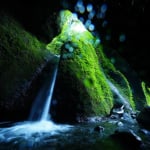
[Hyogo/Shin Onsen Town] Shiwagara Falls | Overwhelmed by a Mystical Waterfall! Also Introducing Nearby Tourist Spots
-
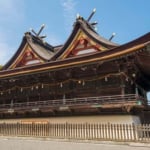
[4-day holiday in the Chugoku region] Summary of summer outing spots ◎ Enjoy the great outdoors!
-
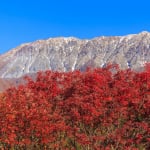
[Tottori Prefecture] Kakikake Pass Sightseeing Information! Experience the Breathtaking Autumn Foliage of Mount Daisen and Rural Spots
MOST POPULAR ON tottori
-
 1
1Doha: Must-see Attractions in the Capital of Qatar
-
 2
2Toronto: 10 Things to do in this Picturesque Canadian City
-
 3
3Amarillo: A City Famous for It’s Amazing Canyons, Great History and Music
-
 4
4South Korea: Dazzling Scenery, Rich Culture and Fascinating History
-
 5
5Kuwait: A Country in Middle East Asia Famous for Hot Sand Dunes and Stunning Cityscape





